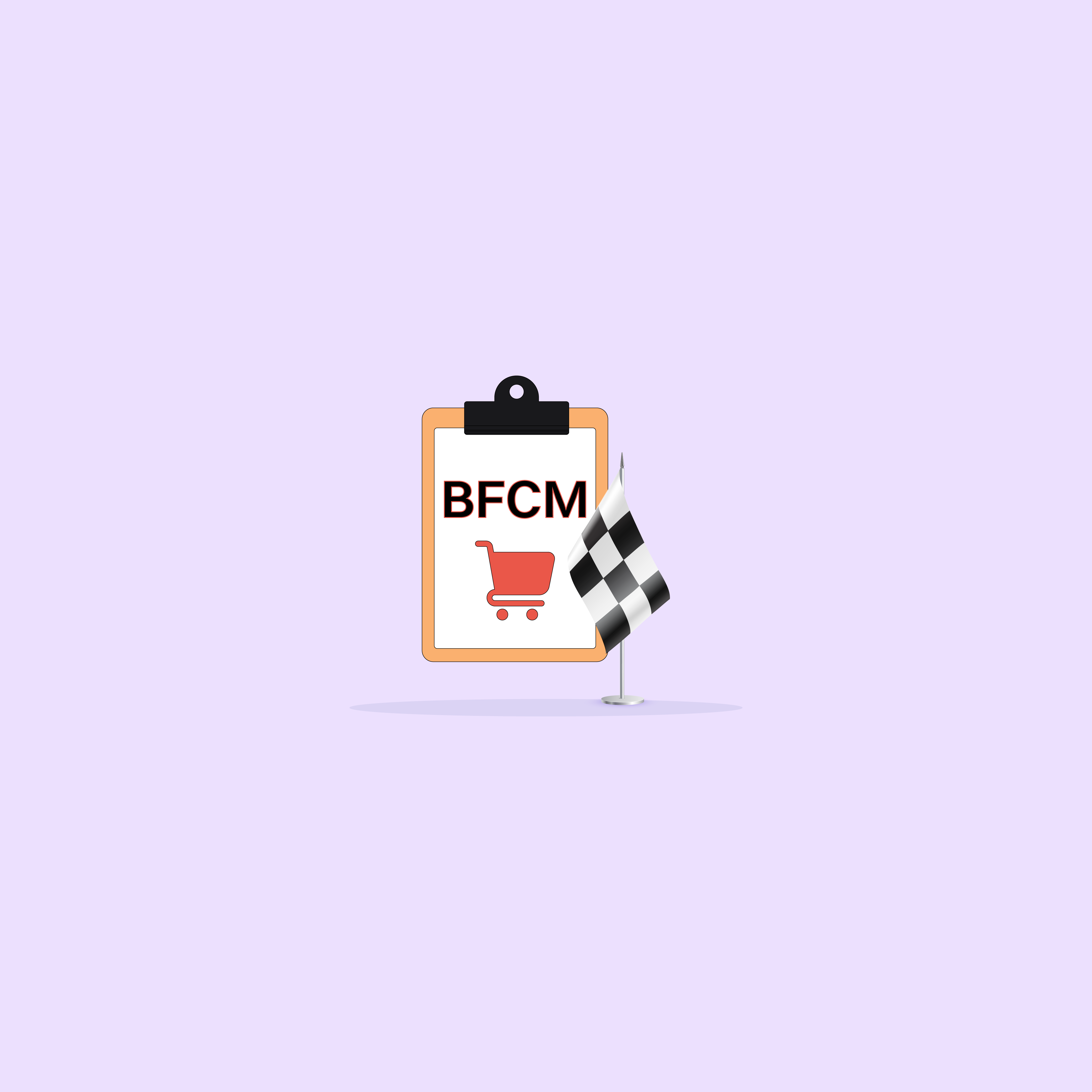Our websites use cookies. By continuing, we assume your permission to deploy cookies as detailed in our Privacy Policy.
5 Reasons Why Personalised Content Drives More Sales
It used to be easy to just copy and paste your responses or even automate them. But now even a simple inclusion of the client’s name in a standardised email does not evoke any feeling of specialness and is often overlooked by customers.
“We are entering the next level of maturity with regard to content personalisation, beyond real-time name and content replacement and beyond simply presenting content at the right time,”- says A. Lee Judge, for Forbes.
This is why it’s important to understand why customisation is essential for you and your business.
Here are five reasons why personalised content drives more sales.
1. Sales Funnel Awareness
The most effective way to engage your prospects is addressing them in a way that is tailored to where they are in the sales funnel. Obviously, someone who is at the top and has just shown interest will need a different approach than someone who has already purchased from you.
One of the best examples of sales funnel awareness through personalised content is Amazon. At the very start of your relationship with them, they procure your email and send you personalised offers and discounts as well as reminders about the products you browsed. Wish Lists are implemented for long-time customers, while product recommendations and prompts such as “customers who bought this item also bought” or “frequently bought together” are tailored for first-timers. How effective are such tactics?
Well, SmarterHQ’s Amazon Report states that 44% of customers buy products from Amazon’s product recommendations. That is almost half of all purchases!
These recommendations are not random but are based on tons of data and algorithms that carefully monitor your every move and try to predict the future. Such systems are developed over the years, but even the simplest of research done by your sales team can help you set up personalised recommendations on your own. Larger companies invest a lot of effort into implementing personalisation properly and it’s when this is done successfully, it’s definitely worth the effort.
2. Relevance Over Saturation
Nowadays, advertisements are absolutely everywhere. They are on our newsfeed, in videos we watch on YouTube, etc. In fact, they are so omnipresent that our brain has developed an instinct to pass them even without so much as glancing at them.
Of course, there should be a solution to this, right? Your ads should scream relevance which is why already 63% of marketers are putting together buyer personas to shape the ads into something that will stand out. (Hubspot ) After each persona is built, a few more steps are taken:
- Long-tail keywords are identified.
- Platforms used by each persona are determined.
- The type of content for each persona is narrowed down but is kept as close to the brand’s overall image.
Content that is relevant to your target audience is the only content you should produce. Otherwise, it is just a waste of time and money.
3. A Standard For Marketing
If you think that personalised content is something completely new, then you are deeply mistaken. While some brands like Sainsbury were considered content personalisation pioneers way back in 2012, many more are now prioritising personalised content over anything else.
What Sainsbury did that year was that they implemented a coupon-at-till technology to print targeted coupons on products customers wanted to buy. They were also the first European retailer that installed self-service checkouts in all of their stores to let customers have more control at this last stage of the purchase. Since then they have been steadily moving forward in this direction.
Other major companies are also making personalisation a priority. For example, Facebook’s latest targeting policy update or Nike’s 2018 World Cup campaign. These are just some of the bigger examples, but there are medium-sized companies taking on after their bigger, more powerful opponents.
To put it simply, basic personalisation is yesterday’s news and you have to get on board with it. Personalised emails, abandoned shopping cart reminders, greeting notes, and recommendations that are an essential part of the shopping experience today.
4. Resonance With Customers
Perhaps one of the most important aspects that are often overlooked, resonance with customers is the key to increasing your sales. Your customers want to feel that you are not just a big machine that strives to take their money, but rather a friend who wants the best for you.
Netflix is an amazing example of personalisation done right. The platform monitors your every click, every pause or addition to your watchlist. They gather all the necessary data to recommend the content you will most likely interest you.
One of the key differentiators of Netflix’s personalisation strategy is that their algorithm doesn’t take into account gender or age, but prefers your personal interests. Moreover, the overall look of the Netflix player may differ depending on when you logged in. The same logic works for their recommendations. All of these contribute to the feeling every Netflix user gets – a feeling that the platform knows you maybe even better than your other half.
5. Connections Through Personalisation
Last but not least, personalised content helps you connect with your customers. They get a feeling that they are understood, and after that feeling, the long-term relationship develops which makes them come back for more.
Numerous statistics and research prove that the bigger chunk of the revenue companies get comes from long-term customers rather than first-timers. This means that in order to have stable sales you should have a good base of customers who make multiple purchases over time. Turning one-time shoppers into loyal customers is the basis of customer retention. Every company needs to invest the energy and the time to save each valuable customer and have them come back for more.
When the realisation hits them, most smaller companies try to establish better relationships with their customers, but they are not always successful. One of the best ways to do this at the beginning stages is to personalise your content.
About the Author
Bridgette Hernandez is a Master in Anthropology who is interested in writing and is planning to publish her own book in the near future. Now she is a content editor at TrustMyPaper. She works with professional writing companies such as GrabMyEssay and Studicus as a writer.








